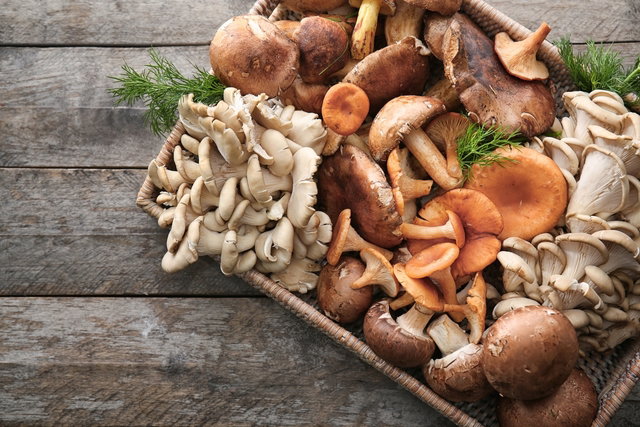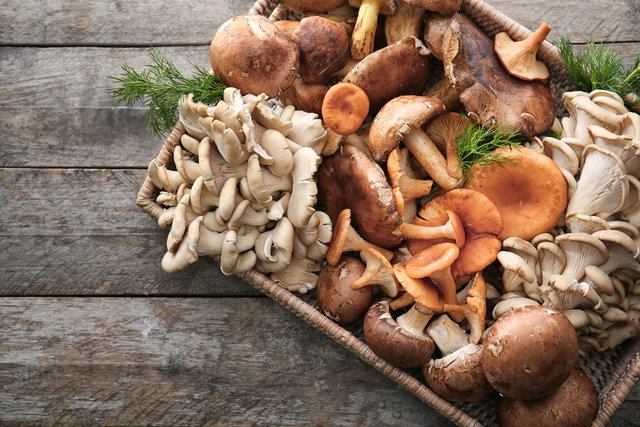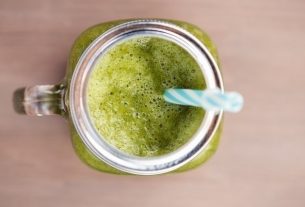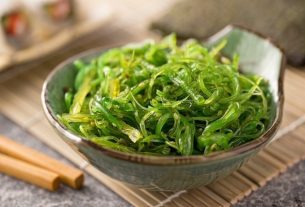Mushrooms have good amounts of protein, making them a great option to include in vegetarian diets, which is a style of eating where no type of meat, poultry or fish is consumed.
Furthermore, mushrooms have good amounts of B vitamins, antioxidants and fiber, helping to regulate blood glucose levels, control cholesterol levels and strengthen the immune system.
There are several types of mushrooms that vary according to flavor, texture and the presence of nutrients. The most well-known types of mushrooms consumed on a daily basis are champignons, shimeji, shiitake, portobello, pleurotus and dried mushrooms, also known as funghi secchi, which can be consumed grilled, roasted, in risottos or in soups.

Benefits of mushrooms
Mushrooms are rich in B vitamins, mainly B2, B3 and B5, vitamin C, minerals such as selenium, copper and potassium, in addition to containing Beta-glucans, which are soluble fibers. Therefore, mushrooms can have several health benefits, the main ones being:
- Help to lose weight, as the mushroom has good amounts of protein, water and fiber, which help reduce hunger. Furthermore, mushrooms are also low in calories, making them a great option to include in your weight loss diet;
- Prevent heart diseaseas they are rich in antioxidants, such as gallic acid, catechins and flavonoids, which fight free radicals and thus prevent the formation of fatty plaques and diseases, such as atherosclerosis and heart attack;
- Strengthen the immune systemas they are rich in Beta-glucans, fibers that are present in large quantities in mushrooms that enhance the body’s defense systems;
- Prevent cancer, for being rich in antioxidants and having anti-inflammatory properties;
- Prevent diabetes, as Beta-glucans also act by regulating glucose levels circulating in the blood;
- Improve bowel functionas it is rich in fiber and water, which are important in helping to form the fecal cake and eliminate feces;
- Improve bone healthas it has good amounts of minerals that help strengthen bones, such as vitamin D and phosphorus;
- Prevent anemia, as they contain iron and copper in their composition, which are minerals that act directly in the formation of red blood cells and the transport of oxygen in the body;
- Help control anxietyas it has good amounts of tryptophan and vitamin B5, important for the production of serotonin, a neurotransmitter responsible for the feeling of pleasure and relaxation.
Mushrooms can be prepared grilled, roasted or sautéed, in various recipes such as salads, pastas, risottos and soups.
Main types of mushrooms
The following are some of the main types of mushrooms and their characteristics:
1. Mushroom
The champignon is the best known and most used type of mushroom, and is also known as the Paris mushroom. This type of mushroom has a milder flavor and has good amounts of vitamin B5, phosphorus, calcium and beta-glucan fibers, which help control cholesterol and prevent intestinal diseases.
2. Shimeji
Shimeji is one of the mushrooms with the strongest flavor and can be prepared quickly, just by sautéing it in butter or olive oil. It has good amounts of phosphorus, magnesium, vitamin B3 and potassium, making it a great ally in controlling blood pressure.
3. Shiitake
It is more common to find shiitake in its dehydrated form, and it is necessary to add hot water when preparing it so that it hydrates again and becomes soft. Shiitake can also be found fresh, having a dark brown color and is widely used in preparations such as soups, sauces and pasta accompaniment.
4. Pleurotus
The pleurotus mushroom, also known as oyster mushroom, has a shape that resembles an oyster and has a slightly more delicate flavor. This mushroom has the highest amount of beta-glucan fiber, as well as being a good source of vitamin B2 and folic acid.
5. Dried mushroom
Dried mushroom, or funghi secchi, is any type of mushroom when dehydrated, usually rich in potassium, calcium, phosphorus, magnesium, zinc, B vitamins and vitamin C.
To use dried mushrooms in cooking, you must wash the mushrooms in water and soak them in warm water for about 30 minutes to hydrate. Once hydrated, the mushrooms must be squeezed to remove excess water, which can be used to make sauces.
6. Portobello or brown mushroom
Portobello is the most mature mushroom, usually darker in color and larger in size. It has a mild flavor and texture similar to meat, and is widely used in vegetarian dishes. This type of mushroom is rich in vitamins B2 and B3, and can be cooked, grilled or sautéed.
Nutritional information table
The following table provides nutritional information for 100 g of the main types of mushrooms:
To get all the benefits from consuming mushrooms, it is also important to maintain a healthy and varied diet, as well as practicing physical activity regularly.
Bibliography
- UNIVERSITY OF SÃO PAULO (USP). Brazilian food composition table. Available at: <http://www.tbca.net.br/base-dados/composicao_alimentos.php>. Accessed on October 21, 2021
- FREITAS, P, M, Ana Cláudia. Mushrooms and their therapeutic effects. Master’s thesis in pharmaceutical sciences, 2013. Universidade Fernando Pessoa.
- PAULISTA SCHOOL OF MEDICINE – FEDERAL UNIVERSITY OF SÃO PAULO. Department of Health Informatics – Chemical composition table of foods. Available at: <https://tabnut.dis.epm.br/alimento>. Accessed on October 21, 2021
- UNITED STATES DEPARTMENT OF AGRICULTURE AGRICULTURAL RESEARCH SERVICE . USDA Food Composition Databases. Disponível em: <https://ndb.nal.usda.gov/ndb/foods/show/09050?fgcd=&manu=&format=&count=&max=25&offset=&sort=default&order=asc&qlookup=blueberry&ds=&qt=&qp=&qa=&qn=&q=&ing=>. Acesso em 21 out 2021
- BACH, Fabiane. Evaluation of the nutritional, antioxidant and antibacterial potential of edible mushrooms. PhD completion thesis in food engineering, 2017. Federal University of Paraná.

Sign up for our newsletter and stay up to date with exclusive news
that can transform your routine!
Warning: Undefined array key "title" in /home/storelat/public_html/wp-content/plugins/link-whisper-premium/templates/frontend/related-posts.php on line 12
Warning: Undefined array key "title_tag" in /home/storelat/public_html/wp-content/plugins/link-whisper-premium/templates/frontend/related-posts.php on line 13





